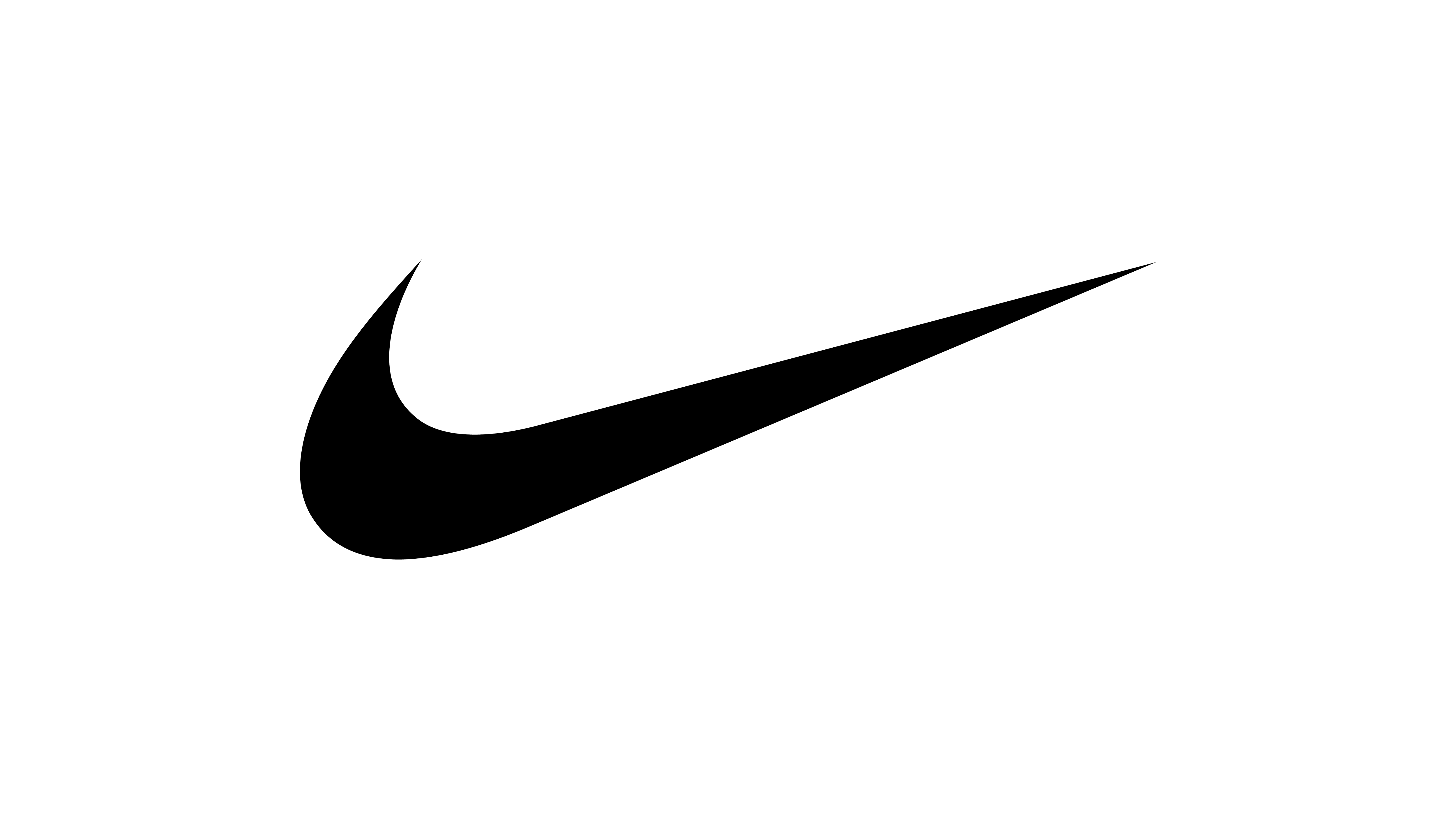I Don't Need My Scars To Remind Me That I'm Strong
The scars on my body tell the story of the most painful years of my life. Removing them is the beginning of my next chapter.
Editor's Note: This story contains descriptions of acts of self-harm.
In late 2020, my body felt like a cage. It trapped my mind in a sick thought loop of accepting that, maybe, life wasn’t supposed to feel good. While talking myself into understanding—no, welcoming—this delusion, I’d obey an intrinsic command to escape: scratch at the cage walls. So I’d scratch my arms until my nails drew blood, leaving my shoulders raw and stinging. As air hit my wounds, I’d snap back to reality, flooded with relief as the physical pain overtook the emotional. The relief was fleeting, lasting only until the cycle began again.
- Carla Marie Manly, PhD, clinical psychologist, life fulfillment expert, and author of Date Smart, Joy From Fear, and Aging Joyfully
- Heather Woolery-Lloyd, MD, Miami-based board-certified dermatologist
- Marisa Garshick, MD, FAAD, board-certified dermatologist at Medical Dermatology and Cosmetic Surgery in New York
After a year, therapy and Prozac brought me back to brightness. But just as my body began to feel more like a gift than a prison, it betrayed me again. A fibroid, otherwise known as a benign uterine tumor, took less than a year to grow from the size of a fingernail to that of a baby’s head. Although my OB-GYN discovered it in the spring of 2021, I felt nothing until January 2022 when my period started and didn't stop. I bled for weeks as the fibroid took over my body and mind, rerouting my blood to feed its craving.
The lack of control this made me feel led me back to the cage. But this time, I didn't have to scratch myself until I bled; my body bled against my will and wouldn't stop.
My body relinquished more than it could afford as my uterus contracted and jolted—as if trying to eject the fibroid that had taken up home there. I bled for nearly two months straight, growing weaker by the day, and in near-constant pain. On March 31, 2022, my body was returned to me by way of fibroid surgery, a laparoscopic myomectomy. A scalpel sliced five incisions across my abdomen, and the fibroid was minced and removed, piece by piece.
A year exists between the technical end of that journey and present day, but a glance in a mirror pulls me right back to the thick of my pain. The scratches on my arms have settled into dark lines, immortalizing the route of my nails on those dark days. And the cuts on my stomach bubbled into puffy keloids, as if something—perhaps trauma—remains and is still trying to break the surface.
I’ve spent enormous energy trying to perceive these scars as “battle wounds,” reminders of the struggles that ultimately made me stronger. But I don’t need a reminder. I will never forget what these experiences took from me. Loving these scars isn’t of interest to me. And, as I’m learning, that’s okay. For me, scar removal is actually a form of self love.
Why scars are more than skin-deep
For some, scars can function as empowering visual reminders of the challenges they’ve overcome—but not everyone views life’s challenges in that light. “This ‘scars as battle wounds’ idea will feel disempowering for those who see life’s challenges as toll-taking difficulties they’d rather forget,” says Carla Marie Manly, PhD, psychologist and author of Joy From Fear. “If you’re struggling with a scar that impacts your life—emotionally or otherwise—it’s important not to judge yourself. Scars—although often not bothersome to others—can be incredibly troubling to the bearer of the scar. In fact, scars can become focal points for the scar-bearer and become imbued with profound emotional and mental charge.”
Heather Woolery-Lloyd, MD, a board-certified dermatologist in Miami, Florida, often works with patients who want to get rid of these reminders. “Most people, if they're coming to a dermatologist, they don't like their scars,” she says. “Body positivity is awesome, but I also think we can't minimize people who feel sad about their scars.”
Now, I’m on a journey of trying to erase my scars without shame; to accept scar removal as a self-love exercise. The body positivity movement has made me feel like I have to love every inch of my physical appearance, but that doesn’t always feel right. Body neutrality doesn’t feel right either, as it would relate to my scars: There’s no way for me to feel neutral about what I endured. I believe removing the scars will help me approach my body with respect and acceptance.
“You can certainly still love and accept yourself as you seek solutions to your scars,” says Dr. Manly. “When we empathetically work to remove or heal our scars and the emotional wounds that are often behind them, we can fall in love with our inner and outer selves just a bit more every day.”
Exploring scar removal options as a self-love exercise
Through my own treatment, I’ve learned firsthand that there are many types of scars, and each is associated with an ideal method of treatment.
“Scars can be broken down into different categories, with some scars being firm or raised, as in hypertrophic or keloid scars. Others can be an indentation or depression in the skin,” says Marisa Garshick, MD, a board-certified dermatologist in New York City. “Scars can also present as different colors, with some scars showing hyperpigmentation or brown discoloration, others more pink [or] red related to blood vessels, and some [are] white where some pigment is lost. Lastly, some scars can appear stretched.”
When determining treatment, Dr. Garshick says it’s important to establish what it is about the scar that is bothersome for you: “Is it the color? The texture? Does it itch? Is it raised? These questions help to guide us in terms of the treatment as there are different options available depending on the primary concern,” she says.
It’s then important to set realistic expectations about what a removal treatment will actually yield. “No, we can't get rid of all scars, but all scars do get better with time,” says Dr. Woolery-Lloyd. “When I see someone who comes with a scar, I always say ‘If we do nothing at all, in 10 years this will look better. But you don't want to wait 10 years, so we try to speed the process.’”
How scar-removal treatments are healing for my inner self
I’m working with Dr. Garshick to fade my scars. We’re doing rounds of cortisone injections to flatten the keloids on my abdomen from my fibroid surgery, and she prescribed me an azelaic acid foam for the dark lines from scratches on my arms. I’m also considering adding hydroquinone, an intense skin-lightening ingredient, into my treatment to help lighten the discoloration. These are just some of the many options out there (like laser resurfacing, microneedling, and surgical removal), and are the approaches Dr. Garshick has recommended to me for my scars.
I don’t know how my scars will turn out after my treatment has run its course, but because of my job as a beauty writer, I have access to testing out my options. Not only has my job allowed me to connect with renowned practitioners like Dr. Garshick, but it had also allowed me to test treatments for little to no cost in the name of editorial consideration. In my case, I paid about $40 for the prescriptions, and the cortisone shots were free; Dr. Garshick says they're usually covered by insurance, for most patients. For people who do not have insurance coverage, the cost of appointments, treatments, and associated prescriptions may range from a few hundred to a few thousand dollars.
Whether I do nothing or try everything, the outcome could be the same, and I’ll be left with reminders of the most painful years of my life. That’s where the rest of the work comes in.
“The work in such cases is to compassionately strive to reduce the emotional and mental charge—to heal the inner self—while working to heal or accept the outer scar,” says Dr. Manly. “Striving to ‘love’ a much-disliked, or hated, scar may be too much to ask of yourself. In such cases, the journey is not to trick yourself into loving your scar, but into accepting that scar—and loving yourself despite it.”
Mentally, I’m now the strongest, happiest, and most confident I’ve ever been. And I refuse to let these scars take that from me. By applying my scar gels and foams and heading to Dr. Garshick’s office for cortisone injections, I’m healing my internal wounds as much as the process is fading the external. And so far, it’s working. The difference is incredibly subtle, but I can see it. Taking the steps to fade my scars is helping me reconnect with and experience gratitude for the body I get to move through life cocooned within.

